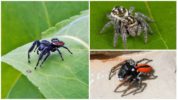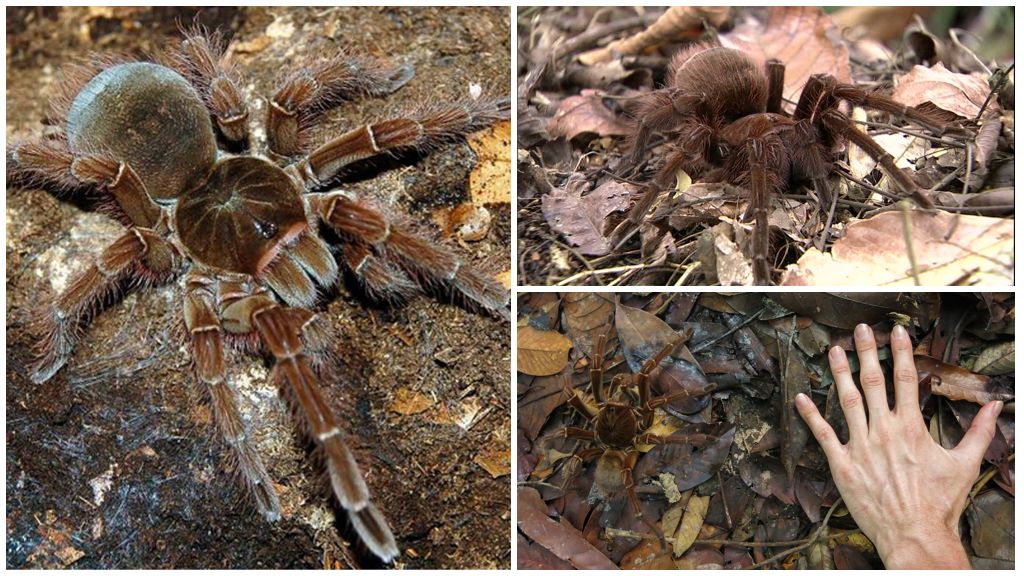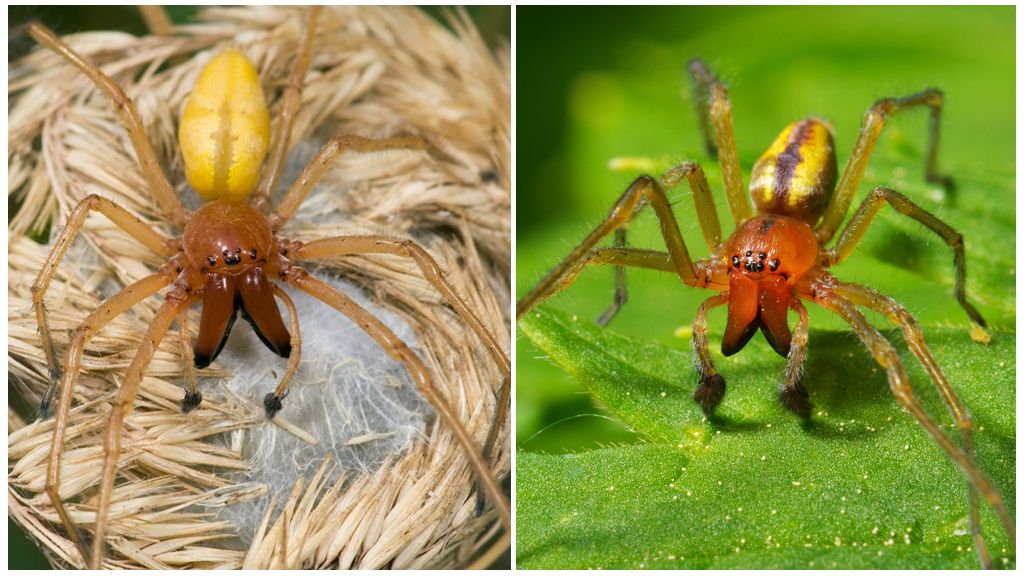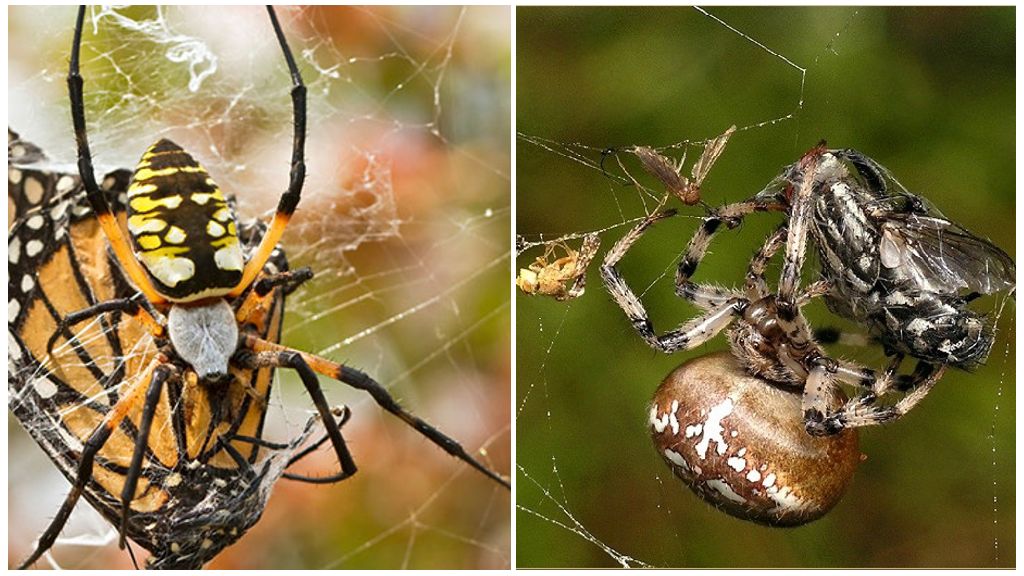- Myrarachne plataleoides
- Horse spiders
The basic stereotype in relation to spiders - crawling animals, weaving hunting nets. Ask someone if spiders can jump, and the interlocutor will answer in surprise that no. Such an answer would be a mistake. Many species of spiders can jump. Someone is worse, who is better. But professionals among arthropod arachnids are horse spiders.
Family Description
One of the largest families. Includes 610 births. Horse spiders are common throughout the globe. Representatives of one of the species of this family were even found on Everest, at an altitude of 6,700 m. It is not known what a small member of the Salticidae family did in eternal snows. Hardly trying to jump to the top.
On a note!
The people may not be quite correct, but also reflecting the essence of all members of the family, the name "spider jumper".
The appearance of the representatives of the family is very diverse: from a peacock spider to a horse mimicking under ants representatives of the subfamily Myrmarachninae. Sizes also vary from 3 mm to 2.2 cm.
Appearance of Myrmarachninae
The name of the subfamily is translated as "similar to an ant." When looking at a photo of a horse spider of the species Myrmarachne plataleoides, the idea of a mutant ant comes to mind if it is a male. The female mimics under the weaver ant.
On a note!
This species lives in Thailand.
The male chelicera are strongly advanced forward, and the spider has a threatening appearance, although it is harmless to humans.
Myrmarachne inermichelis generally does not differ in appearance from ants. Myrmarachne formicaria is like an ant from a horror movie. This species is widespread throughout the Eurasian continent and belongs to the few species of horse spiders from the Myrmarachninae subfamily living outside the tropical zone.
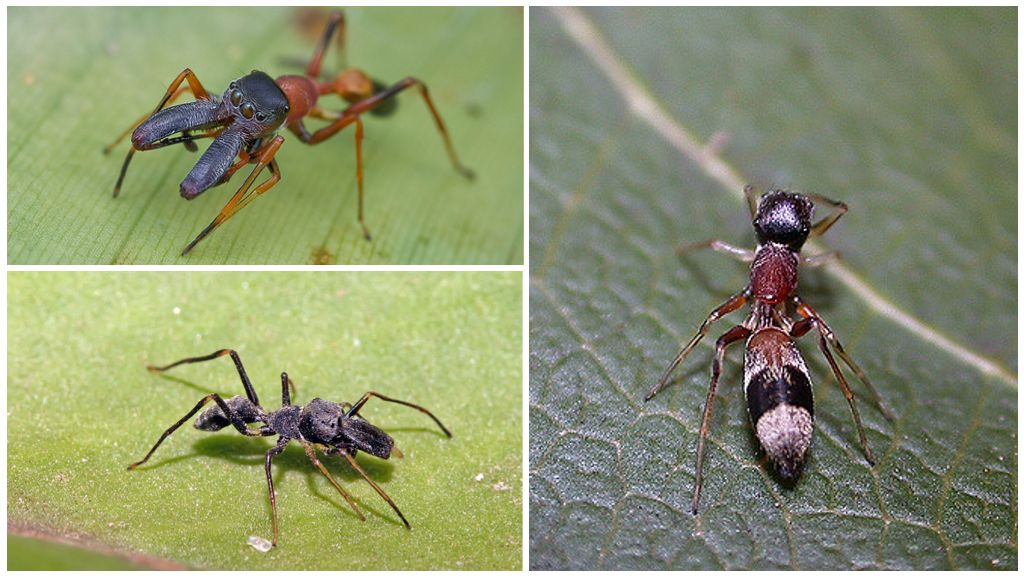
All Myrmarachninae spiders are small and can not seriously confront enemies. They mimic under ants so as not to become prey for birds or wasps. Mimicry went so far that these horses even got constrictions on the cephalothorax, imitating the shape of the ant's body. The size of arthropods is 3-7 mm. The rest of the worlds are ordinary horse spiders, but you can only see their true structure under a microscope.
Structure
All jumpers spiders have 4 pairs of eyes, which are located in 3 rows. The first row provides an overview ahead. The average pair is very large. Using this pair, a spider can distinguish between the colors and the shape of an object. Two eyes at the edges provide a wider view.
The second row consists of two very small eyes and is located in the middle of the head. The last pair is located on the back of the head, closer to the chest. This pair provides the mount with 360 ° visibility. The special structure of the retina allows you to measure the distance to the victim.
On a note!
Since jumping spiders are active hunters, they have well-developed eyesight.
Cephalothorax exceeds width. The cephalothorax itself resembles a wedge in shape: it is flattened at the back and strongly elevated in the anterior half.
For active hunting, the steed acquired a bimodal respiratory system: it has tracheas and lungs. The brain of this arthropod is one of the largest among all spiders.
Jump mechanism
A jumping spider jumps, using not only physical strength. The device of its paws is equipped with a hydraulic mechanism. Before the jump, the steed can expand its legs due to changes in blood pressure.Thanks to this mechanism, the horse jumps at distances that significantly exceed its body size.
Lifestyle
All jumping spiders are active day hunters. Their prey is small insects. The size of the victim is determined by the size of the hunter. The brave climber from Everest feeds on small flies and foottails, and the largest member of the family is the royal jumping spider, eating other arthropods and beetles that harm sugar cane.
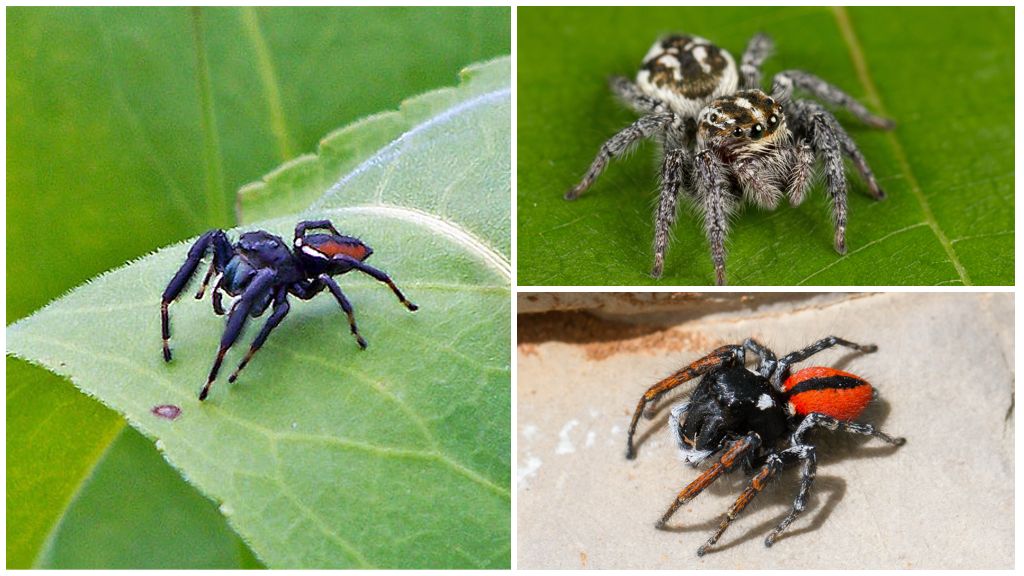
On a note!
The horses living in Russia prey on agricultural pests.
To offend these useful animals is not worth it. A horse does not only hunt terrestrial invertebrates. Some species specialize in killing flying insects, including mosquitoes.
Riders do not weave a web, but actively use its threads. During the hunt, before the jump, the animal attaches a cobweb to the place where the jump will be made, insuring itself against a fall.
Interesting!
Only in the family of horses is there a species that feeds on plant sap. Bagira Kipling is a highly specialized horse that eats the juice of only one type of acacia. Arthropod lives in Brazil.
Breeding
In most species of the family, the behavior during mating is the same: the male strikes itself with its front paws on the raised body. If there are several males, the competition is won by those with larger pedipalps.
Web horses need not only for insurance. The female uses it as a building material for her home. For shelter, the spider chooses a space under the stones or tree roots. Having equipped housing, the female lays eggs and protects them until the cubs appear.
Spiders immediately after hatching begin to hunt, not needing a mother. For this reason, the female is removed immediately after the birth of the offspring. After a few molts young growth reaches puberty. The horses live on average 1 year.
Danger to humans
Riders have a brazen character. A steed does not like to run away from danger. Even if you push him, he runs back a certain distance and looks around, suddenly behind him.
For humans, no species from the family of horses is dangerous. These arthropods can be safely picked up.
Important!
When catching a mount there is a risk of damaging the animal itself.
Horsebacks are not dangerous because they are not poisonous. Their chelicera are not able to bite through a person’s thick skin. Many arachnophiles keep these spiders at home. Even if the animal runs away, it will not scare anyone and will not harm anyone.

